What You Need to Know About Whisky and the Art of Distilling
let’s begin
There are so many different aspects and processes of the whisky world that many people have no idea about. Here, we’ve compiled some thing we feel every whisky drinker should be a bit more clued in on!
Types of whisky
There are two types of whisky; grain and malt. Malted whiskies are made from barley whereas grain whiskies are usually made from maize or wheat. As well as malt and grain whisky, we also get rye and bourbon, which are primarily made in America. Rye is cereal type plant that is easily grown in poor soil and at low temperatures and bourbon is typically made from corn. The name bourbon comes from the French Bourbon Dynasty but it is unclear whether Bourbon County in Kentucky or Bourbon Street in New Orleans inspired the use of the name.
What exactly is malting and how does this process create whisky? Malting begins by soaking the grains in water for two to three days. This begins the process of germination. After this, the seeds are taken to a malting floor, where they are turned regularly. This encourages enzymes to be released that convert starch into sugars. The seeds are then dried using either warm air or smoke. This is where the strong peaty flavours are added, or not, depending on the distillery.
The Cask
The type of cask used for whisky maturation is key to its flavour. Each wood has different elements within it, and it is these elements that influence the whisky. The most common type of wood used in oak, as this holds together well, preventing leaks, but is also easy to work with. At the end of the maturation process, some whiskies are placed in casks to “finish”. This means they are poured into casks that have previously held wine or other spirits. These casks must be emptied of liquid before the whisky is added and so any flavour developed in them is taken from the whisky’s reaction with the wood
Maturation
The process of maturation is vital to making a good whisky and takes place over any number of years in wooden casks. Whiskies are usually matured for many years to allow plenty of time for the liquid to soak up the different elements found in the wooden casks. The wood is the most important aspect of this process as this is where the whisky gets its flavour. A good porous wood should also be used for these casks, to allow it to take in air from its surroundings, which also affects the flavour. Evaporation also occurs during maturation, with about 2% of whisky lost every year. This is known as the Angel’s Share.
Blending and vatting are the processes by which whisky is mixed. The biggest difference is that blended whiskies can be mixed from single malts as well as grain whiskies, whereas vatted whiskies can only be mixed from single malts. Blending is an art and since blends can include anything between 15 and 50 different whiskies, it is a skill that takes years to master. They key thing to remember about blending or vatting is that the whisky created must be distinct and have character otherwise it would not sell.
Age
Most whisky bottles have an age or at least a year, known as “vintages” printed on the label. This lets the buyer know just how long their whisky has been allowed to mature in the cask. Typically, older whiskies are of a higher quality and sell at a higher price, although this does not mean that all older whiskies are good, or that younger whiskies are of bad quality. The longer a whisky is allowed to mature, the smoother is becomes. The youngest age a scotch can legally be, to be called a scotch, is 3 years; anything released that is younger than this is called “spirit”. Many whisky connoisseurs say that 30-35 years is the best point for bottling, as it has reached its full potential and does not get better after this.
Bottling
While a lot of single malts go towards creating blends, many distilleries bottle their own whiskies to sell. The legel minimum alchol percentage that a whisky can be is 40%, although most whiskies are sold at 43%. There are different types of botlings, such as an official bottlings, which is done by the distillery itself, or independent bottlings, which are done by outside companies. There are many different bottling companies, such as Douglas Laing, Duncan Taylor, Gordon & McPhail. It is through independent bottlings that the general public is able to access many great whiskies, that would otherwise be lost in a blend.
Does Whisky Age in the Bottle?
Age and cask are the two biggest contributors to taste in the distilling process. The longer a whisky is matured in its cask, the smoother and more flavoursome it becomes. So what happens when that whisky is removed from the cask and put in a glass bottle? Does the flavour change over time, just like in the cask? Does whisky age in a bottle?
There are two sides to this debate, those who swear that it does, and those who claim it does not. But who is right?
One of the most important aspects of distilling good whisky is the maturation process. This takes place in the cask, where the whisky is allowed to mature for any number of years. Legally, for a whisky to be called a Scotch, it has to be matured in a Scottish distillery for at least three years, anything younger than this and it is called a “spirit”.
But what about when it come out of the cask? Does the bottle have the same effect?
Perhaps the easiest answer for this question is simply no. In a cask, the liquid inside reacts with the wood and all the different elements of that wood. This is where whisky gets its flavour, and why there are so many different casks used for maturation.
In a glass bottle however, the same kind of reactions are not going on. There is no wood for the whisky to seep into, no charcoal lined walls for it to absorb. Only simple, smooth glass.
So there’s the simple answer, with the most logical outcome. No, whisky does not age in a bottle, as there is nothing for it to soak up or react with. However, some people say that this may not be the entirely right answer.
To give a fuller answer, and as confusing as this may seem, we must take into account the air between the liquid and the cork or cap. The air in this space contains many different elements, all which can be seeped up by the whisky.
The air also changes every time you open the bottle, allowing more elements to enter and mix with the liquid. This occurs on a smaller scale and over less time than when whisky is aged in a cask however, so the taste may not change perceptibly at first or if the bottle is only kept for a short period of time.
So what does this mean for our question does whisky age in a bottle? Many people say that if you leave a bottled whisky long enough that it will eventually change in flavour. Others argue that this is simply not true.
Ultimately, it comes down to words. The real question is not does whisky AGE in a bottle, but does it CHANGE.
The term “aging” refers to the process by which whisky matures and develops over a long period of time. It adapts the flavours of the wood and through the years these flavours continue to be enhanced.
This is different to what happen when whisky is left in a glass bottle. Rather than age, it changes. The flavours that are already there are effected by the air that it comes in contact with, and rather than develop the flavours, it simply changes them.
So to finally answer our initial question, with what I hope is some clarity, whisky does not age in a bottle, but it does change over time. This change may not be entirely perceptible to begin with, but over an extended period, as some whisky drinkers claim, it becomes more noticeable and this is why many say whisky ages in a bottle, when in fact, it does not.





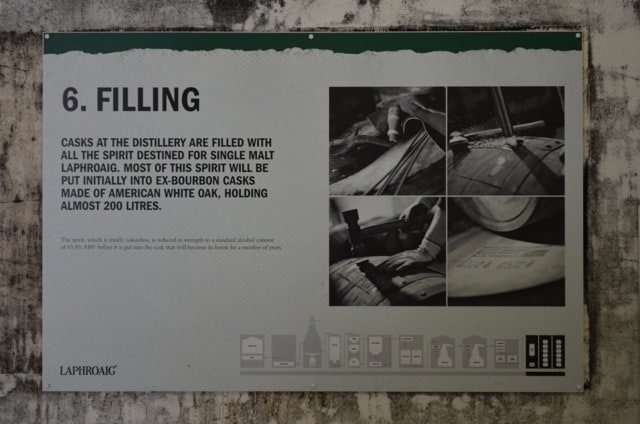
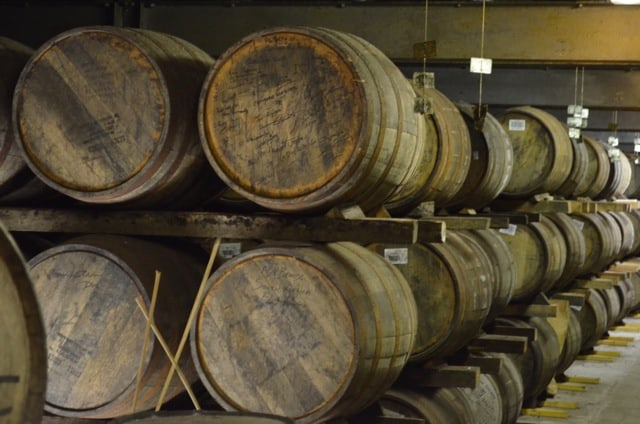
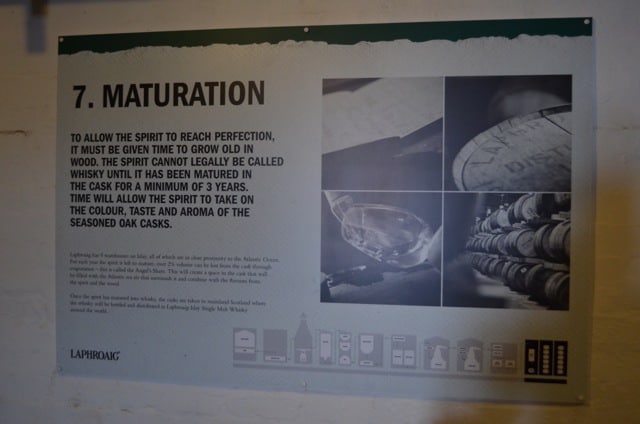



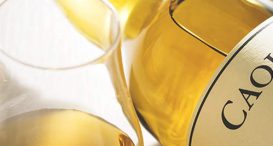

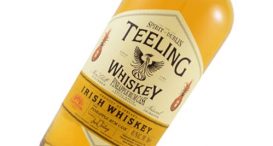


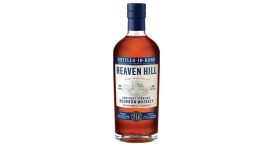






9 thoughts on “What You Need to Know About Whisky and the Art of Distilling”